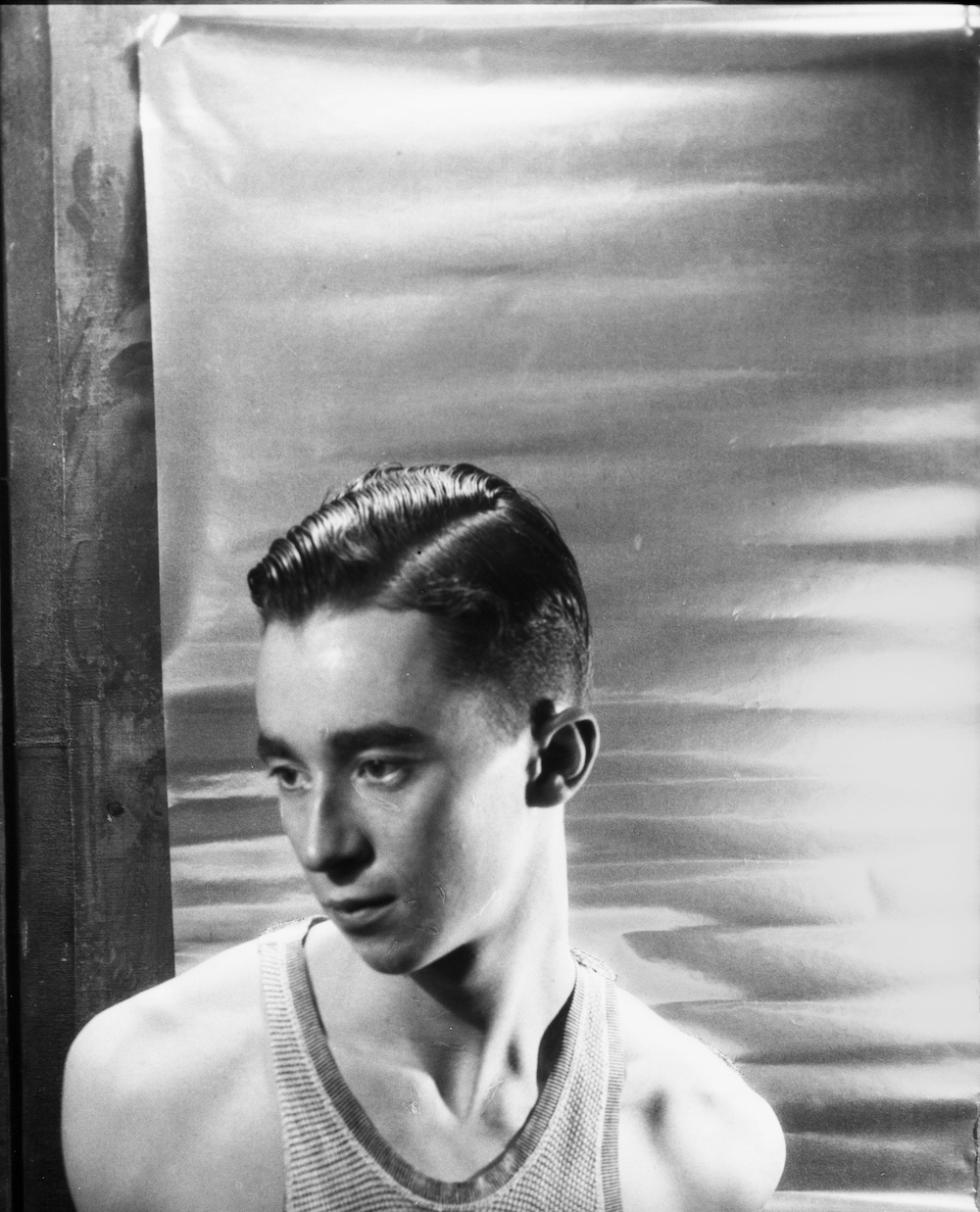Book Review: Charles James: Portrait of an Unreasonable Man
Michèle Gerber Klein, Foreword by Harold Koda, Charles James: Portrait of an Unreasonable Man: Fame, Fashion, Art, Rizzoli, $37.50, 256 pp., March 2018.
Charles James, the late, great, twentieth-century couturier, truly was an unreasonable man. But while Michèle Gerber Klein’s biography conveys its titular point well, it is not necessarily the book’s main takeaway.
Over the past half century, there have been numerous museum exhibitions dedicated to the work of Charles James—and rightly so. The Costume Institute’s 2014 exhibition “Charles James: Beyond Fashion” helped draw attention to James’s work for a new twenty-first century audience, while the Brooklyn Museum’s 1982 “The Genius of Charles James” was a seminal exhibition in terms of how it deftly chronicled the designer’s well-edited oeuvre; however, until now, there has been no biography written on the brilliant, and deeply complicated, man himself.
As Gerber Klein explains in her introductory essay, the impetus for this book was somewhat serendipitous. In 1978, the final year of James’ life, the couturier recorded a series of interviews with artist Anton Perich. The interviews were in part intended to be used for the biography that James had often thought about, but never executed. Nearly forty years later, the long-forgotten video recordings were entrusted to Gerber Klein.
The resultant biography, published by Rizzoli, is divided into ten chapters. Besides the first and last sections, each one is more or less organized around a woman who was central to James’ life and work. There are the patrons—Anne, Countess of Rosse, Millicent Rogers, Dominque de Menil, and Austine Hearst—each of whom did far more for James than simply buy his dresses—and the personal and professional inspirations, partners, and nemeses. The Countess of Rosse comes across as an unusually creative person in her own right, and a worthy collaborator. Millicent Rogers, whose unrivaled beauty was admired by all, is one of the patrons whom James astutely encouraged to donate his works to the Brooklyn Museum.
The section devoted to Dominque de Menil perhaps best highlights James’ ability to apply his visual acuity and sense of form to all aspects of life. James worked closely with the French-born Texas-based de Menil to decorate her Houston home, going so far as to create a highly sculptural and beloved couch for the noted philanthropist in the process. De Menil’s interest in James draws attention to one of the central points of the book—James is best understood as an artist, on par with other twentieth-century geniuses who were particularly brilliant when it came to understanding form. However, for every “Clover Leaf” gown and “Ribbon” cape created, there is an incident that illustrates James’ inability to manage his business and financial life.
“For every “Clover Leaf” gown and “Ribbon” cape created, there is an incident that illustrates James’ inability to manage his business and financial life. ”
James, as Gerber Klein details in her first chapter, was born into a certain amount of trans-Atlantic wealth. However, as his failed partnerships with Elizabeth Arden and PR-pioneer Eleanor Lambert hint, James’ obsessive nature and impractical qualities are the foundations for his financial ruin. These qualities, which also allowed James to create his most seminal works, are perhaps most poignantly clear in his respective inability to let go of a lawsuit, and his late-in-life marriage with Nancy James—whom Gerber Klein dubs “The Last Muse.” The marriage was an unusual one, and one is left feeling somewhat sympathetic for sweet yet passive Mrs. James.
Ultimately, as students of James’ work know, the couturier lives out his final years in New York’s famed Chelsea Hotel. It’s a bohemian end for a man best suited to pre-war and mid-century glamour, but not, according to Gerber Klein, an entirely unhappy one. A new and younger set of loyal friends surround James in his unkempt quarters during this period, and include the likes of Bill Cunningham and fashion illustrator Antonio Lopez. While James died relatively young, at age seventy-two, it’s difficult to imagine him existing for much longer in a world in which the eras he most naturally operated were long gone.
Despite this rather ignominious end, Gerber Klein dwells more throughout her biography on James’ genius than on his self-destructive traits. The book is not a depressing read, and is instead something of a window into the lives of a handful of twentieth-century greats. But the decision to organize the text around the women who were arguably most important to James’ life is, upon reflection, a somewhat curious choice. Pages and pages are spent introducing their biographies, which have little bearing on that of Charles James. These sections are thoroughly enjoyable, but draw attention to the fact that these same pages could have been used to flesh out more (perhaps lost) details of James’ own life.
Page allotments and contextualizing aside, another potential reason for this editorial choice stands out. After curator Harold Koda’s foreword, which lends a great deal of introductory gravitas to the book, Gerber Klein details her own first encounter with James’ work. As a young Bryn Mawr graduate, Gerber Klein helped select what items the Henri Bendel department store would sell. She recounts how she shuddered away from James “Butterfly” blouse, his last design—and a work that is considered by many to be iconic. This book does not however read as Gerber Klein’s atonement for her youthful oversight (which helped determine that Bendel’s would indeed not carry the blouse). Instead, it seems that Gerber Klein might relate more to this assortment of women, and the lives they lived, than to that of her biographical subject of choice.




